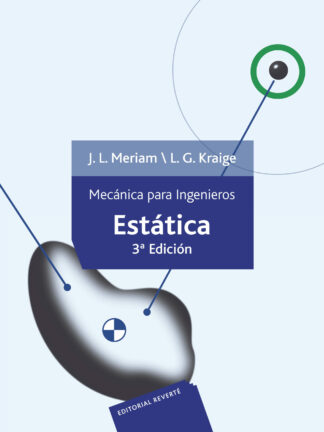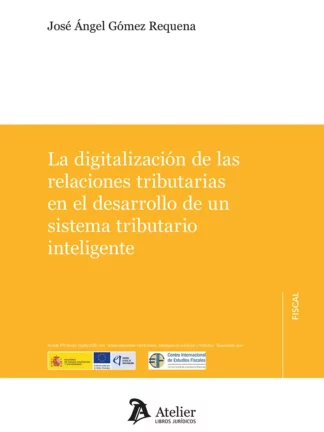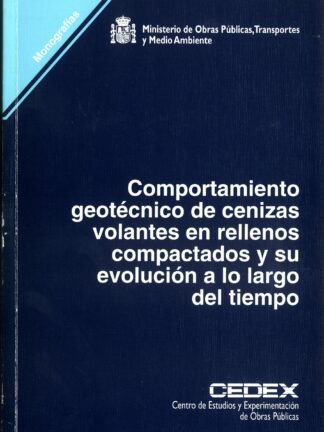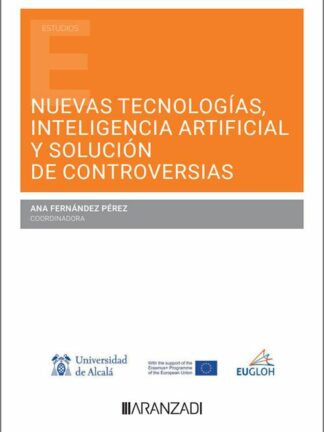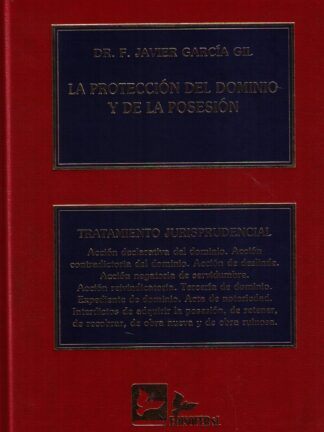Descripción
UNE-EN IEC 61076-2-101:2025 Connectors for electrical and electronic equipment – Product requirements –
Part 2-101: Circular connectors – Detail specification for M12 connectors with screw-locking (Endorsed by Asociación Español
Conectores para equipos electrónicos. Requisitos de producto. Parte 2-101: Conectores circulares.
Especificación particular para los conectores M12 con bloqueo de tornillo (Ratificada por la Asociación Española de Normalización en febrero de 2025.)
Connectors for electrical and electronic equipment – Product requirements – Part 2-101: Circular connectors –
Detail specification for M12 connectors with screw-locking (Endorsed by Asociación Española de Normalización in February of 2025.)
Connecteurs pour équipements électriques et électroniques – Exigences de produit – Partie 2-101: Connecteurs circulaires – Spécification
particulière pour les connecteurs M12 à vis (Entérinée par l’Asociación Española de Normalización en février 2025.)
31.220.10 / Dispositivos de bases y clavijas. Conectores
CTN 209/SC 48 – Componentes electromecánicos y estructuras mecánicas para equipos electrónicos
EN IEC 61076-2-101:2025 (Idéntico)
IEC 61076-2-101:2024 (Idéntico)
UNE-EN 61076-2-101:2012 (Ratificada)
Components of an electrical circuit are electrically connected if an electric current can run between them through an electrical conductor. An electrical connector is an electromechanical device used to create an electrical connection between parts of an electrical circuit, or between different electrical circuits, thereby joining them into a larger circuit.[1]
The connection may be removable (as for portable equipment), require a tool for assembly and removal, or serve as a permanent electrical joint between two points.[2] An adapter can be used to join dissimilar connectors. Most electrical connectors have a gender – i.e. the male component, called a plug, connects to the female component, or socket.
Thousands of configurations of connectors are manufactured for power, data, and audiovisual applications.[3] Electrical connectors can be divided into four basic categories, differentiated by their function:[4]
- inline or cable connectors permanently attached to a cable, so it can be plugged into another terminal (either a stationary instrument or another cable)[5]
- Chassis or panel connectors permanently attached to a piece of equipment so users can connect a cable to a stationary device
- PCB mount connectors soldered to a printed circuit board, providing a point for cable or wire attachment.[6]: 56 (e.g. pin headers, screw terminals, board-to-board connectors)
- Splice or butt connectors (primarily insulation displacement connectors) that permanently join two lengths of wire or cable
In computing, electrical connectors are considered a physical interface and constitute part of the physical layer in the OSI model of networking.



